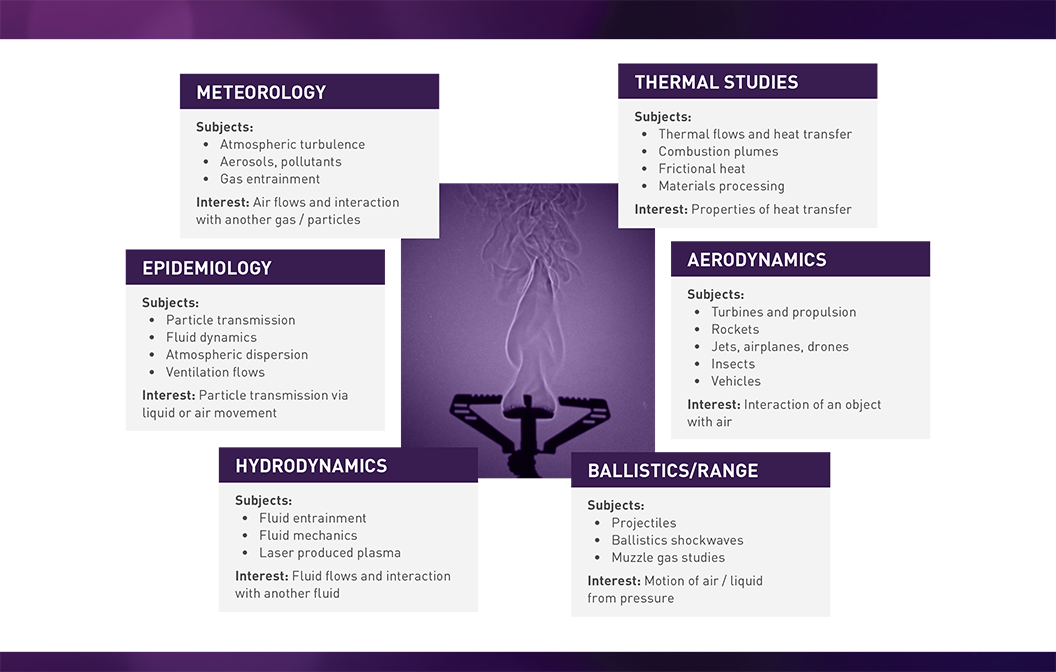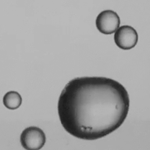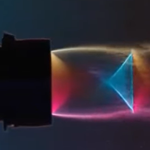Transparent Flows
Transparent flow research pertains to shock waves, entrainments, and turbulent flows, among other phenomena. For example, an important shock wave application is the study of how a shock wave move through various mediums, whether air, water, or a solid substances. This research is critical to understanding how shock waves alter the mechanical, electrical, and thermal properties of solids, a necessary component to understanding the equation of state of any material. Each type of transparent flow research has a unique set of challenges to overcome through proper setup and camera selection.

High-speed imaging gives research scientists a close look into:
- Efficiency of wind turbines
- Combustion plumes
- Atmospheric turbulence
- Refractive Index Gradients (RIG)
- Schlieren and shadowgraphy imaging



